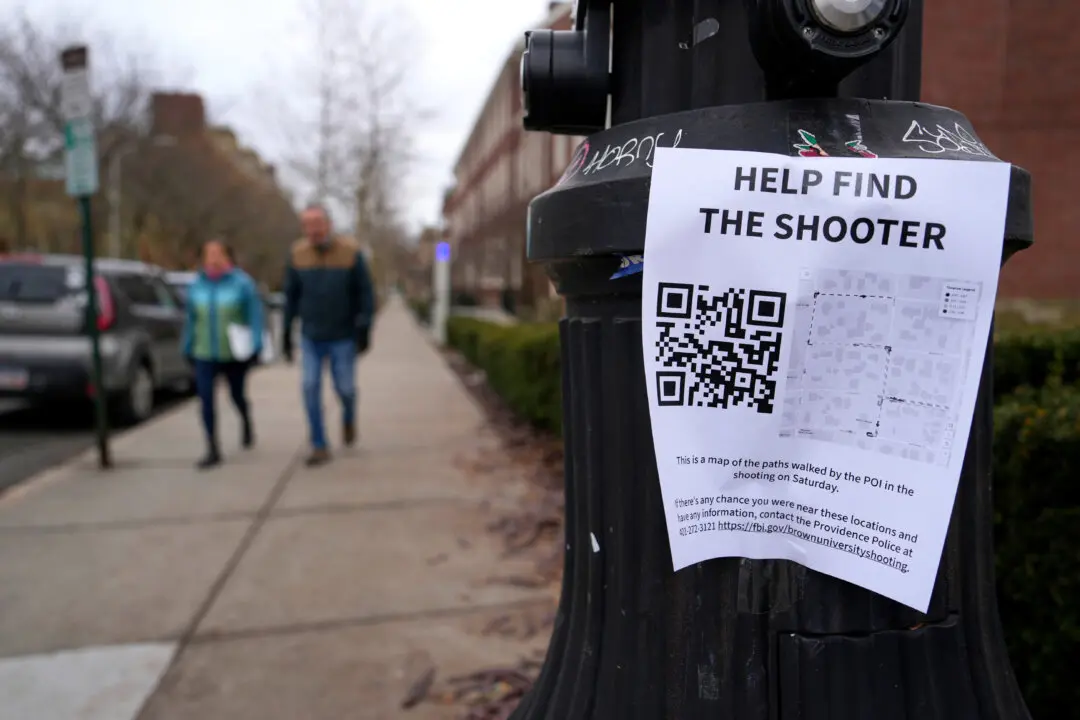WASHINGTON—Congress passed a bill Wednesday that delays for at least three years the mandate for railroads to put long-sought safety technology in place, and extends the government’s authority to spend money on transportation programs.
Federal accident investigators say the technology, known as positive train control or PTC, would have prevented an Amtrak derailment in Philadelphia last May that killed eight people and injured about 200 others had it been working. Amtrak had installed the technology on tracks were the crash occurred, but it hadn’t yet been tested and so wasn’t turned on.
The Senate passed the bill by a voice vote with little debate. The House passed the measure the previous day. It now goes to the White House, where President Barack Obama is expected to sign it into law.
Railroads have already had seven years to install PTC, but most aren’t expected to meet the end-of-year deadline to put it into operation on all tracks that carry passenger trains or are used to haul liquids that turn into toxic gas if spilled. As a result, railroads and companies that ship freight by rail have been strongly urging Congress to provide a delay.
The bill gives railroads until Dec. 31, 2018, to install the expensive technology, and they can seek a waiver for up to another two years if needed.
The bill also gives the government’s authority to spend money on highway programs through Nov. 20 in an effort to buy time for Congress to pass a long-term transportation bill. Current authority is due to expire on Thursday. This is the 35th short-term extension of transportation programs since 2009. Lawmakers have been struggling with how to pay for the programs.
Positive train control relies on GPS, radio signals and computers to monitor a train’s position and automatically slow or stop trains that are in danger of colliding or derailing due to excessive speed. Many railroads were late starting on PTC while they waited for the government to develop standards for the technology and while they tried to decide which approach best suited their needs.
Freight railroads often host commuter railroad operations on their tracks, and also frequently use the tracks of their competitors. Developing positive train control systems that can be used by multiple railroads has added a layer of complexity to the effort. Railroads also ran into unanticipated difficulties acquiring the radio spectrum necessary to make the technology work and getting government permission to erect thousands of antennas along tracks.
Railroads say they’re worried about fines and liability should they violate the deadline. Freight railroads say they will stop hauling cargo like chlorine, which becomes a toxic gas when exposed to the air, and prevent commuter trains and Amtrak from using their tracks if the deadline isn’t delayed. They say farmers will run short of fertilizer and cities won’t get chlorine for their water systems, among other consequences.
But some lawmakers say the delay should be shorter and determined case by case. They’ve expressed concern that a three- or five-year blanket extension will be interpreted by the railroads as a waiver of the PTC requirement and send the message that by failing to meet future deadlines, they can come to Congress for additional extensions.
The National Transportation Safety Board has urged railroads to install positive train control or earlier train control technologies for more than four decades. The board has said that over that time it has investigated at least 145 PTC-preventable accidents in which about 300 people were killed and 6,700 injured.
The law mandating positive train control was passed in response to a 2008 collision between a Metrolink commuter train and a Union Pacific freight train in Chatsworth, California, that killed 25 people and injured 102 more. It was determined that a distracted Metrolink engineer continued past warning signals and onto a section of single track and into the path of the rushing freight train. Positive train control prevents trains from disobeying signals.





